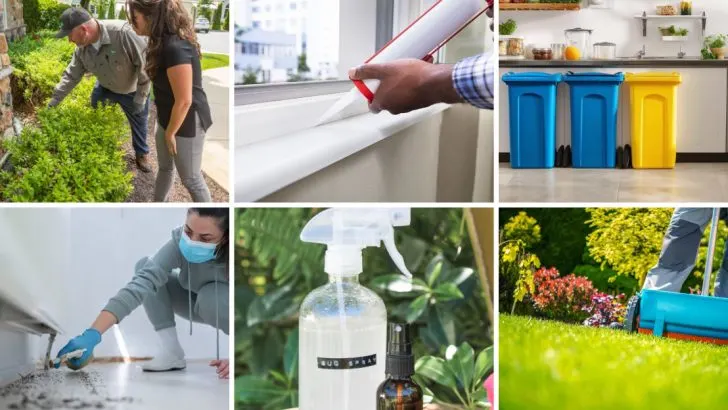Summer pests don’t wait for an invitation—they show up fast, multiply faster, and can wreck weeks of hard garden work in no time. One day everything looks fine, and the next, leaves are chewed up, stems are hollowed out, and something’s tunneling through your tomatoes. It’s not just annoying—it’s costly, too.
The trick is to act early, before pests settle in and become a bigger problem. Professionals don’t just react—they use strategies that stop infestations before they start. These 16 methods are straightforward, effective, and based on what actually works in real gardens—not just in theory.
Regular Inspections
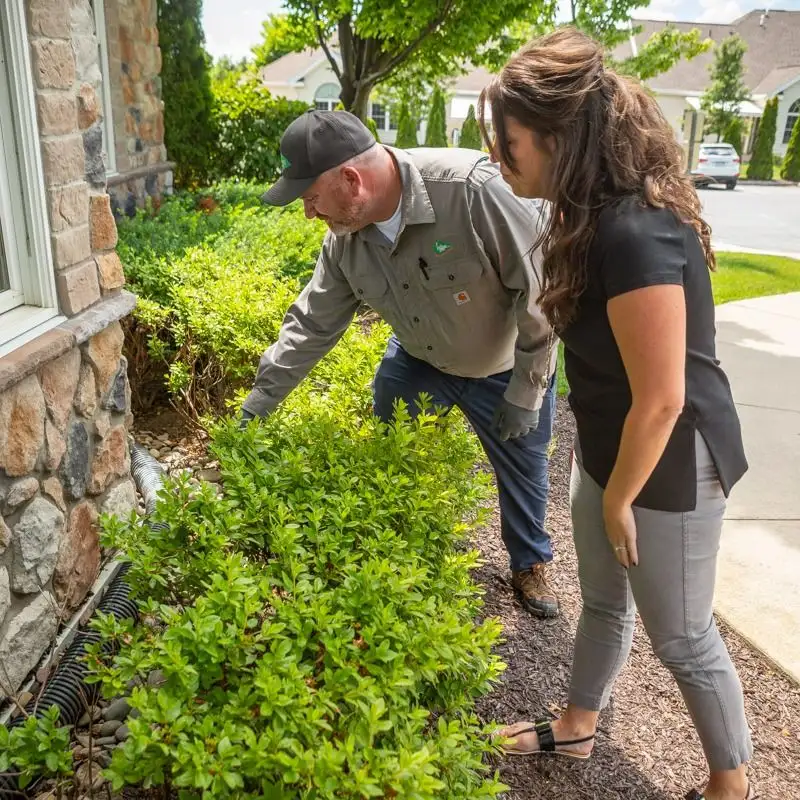
Regular inspections are crucial for effective pest management. Trained professionals can spot early signs of infestation, such as nests or droppings, that might go unnoticed by an untrained eye. These inspections not only help in identifying existing problems but also prevent future issues by addressing potential entry points. By scheduling routine checks, homeowners can stay one step ahead of pests and maintain a healthy living environment. In addition, inspectors often provide valuable advice on minimizing attractants, such as open food or water sources, that lure pests into homes.
Sealing Entry Points
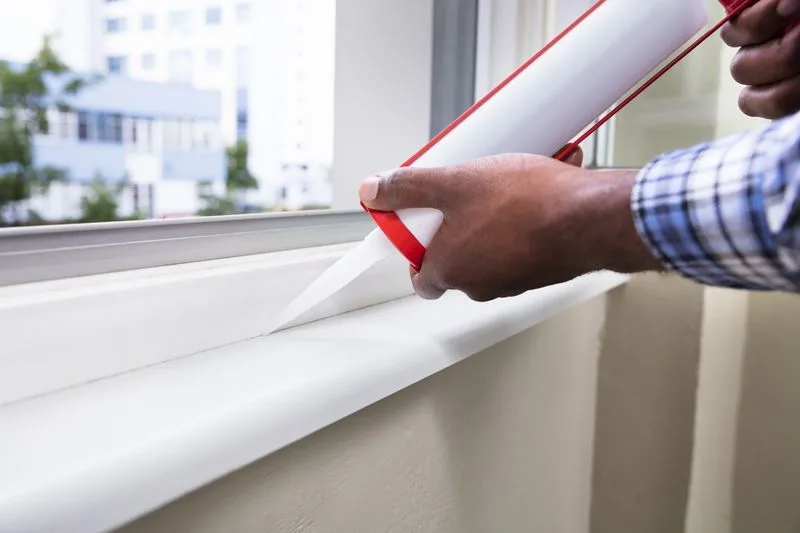
Sealing entry points is an essential step in keeping pests out of your home. Small cracks, gaps, and holes serve as convenient entryways for insects and rodents. By thoroughly inspecting and sealing these potential access points with materials like caulk or weatherstripping, you can effectively block pests from entering. This proactive measure not only protects homes from infestations but also improves energy efficiency by reducing drafts. It’s a simple yet effective strategy that pays off in both pest prevention and lower utility bills.
Proper Waste Disposal
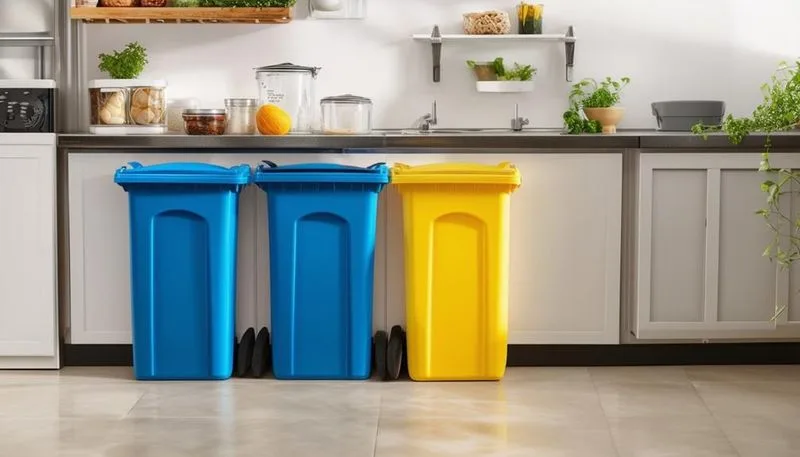
Proper waste disposal plays a significant role in pest prevention. Garbage, especially food waste, attracts pests like ants, cockroaches, and rodents. Ensuring that waste is properly sealed in sturdy bags and disposed of regularly can greatly reduce the likelihood of infestations. Additionally, using secure bins with tight-fitting lids helps keep pests from accessing garbage. This practice not only deters pests but also promotes cleanliness and hygiene in the community, making it a vital part of any pest control strategy.
Maintaining Cleanliness
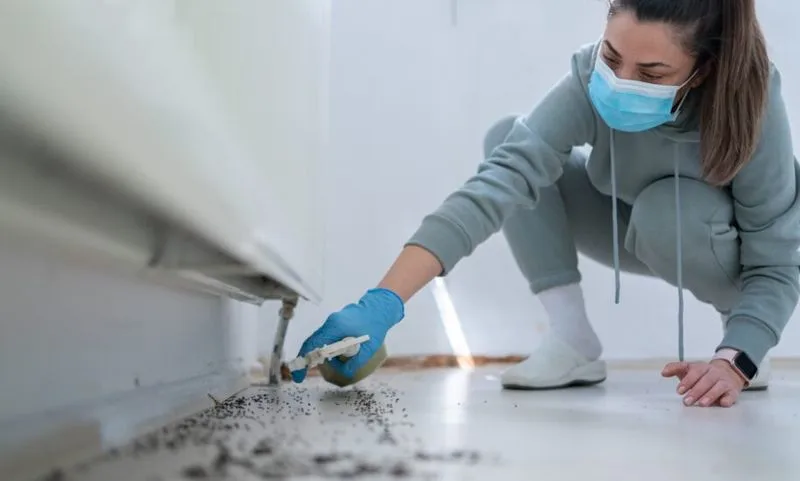
Maintaining cleanliness is a fundamental aspect of pest control. A clean home is less attractive to pests, who are drawn to food residues and clutter. Regularly cleaning kitchen surfaces, sweeping floors, and properly storing food can significantly reduce the risk of infestations. Furthermore, keeping areas like basements and attics tidy helps prevent pests from finding hiding spots. This approach not only curbs pest activity but also contributes to a healthy and pleasant living environment for the entire family.
Using Natural Repellents

Natural repellents offer a chemical-free way to keep pests at bay. Ingredients like peppermint oil, vinegar, and garlic have natural deterrent properties that can be used to create effective homemade sprays. These repellents are not only eco-friendly but also safe to use around children and pets. By integrating natural solutions into your pest control routine, you can deter insects and rodents without harsh chemicals. This method is particularly appealing to those seeking sustainable and health-conscious alternatives for pest management.
Regular Lawn Maintenance

Regular lawn maintenance is vital in preventing pest infestations. Overgrown grass and untrimmed shrubs create a perfect habitat for pests like ticks, mosquitoes, and rodents. By mowing the lawn regularly, trimming bushes, and removing debris, you can reduce these attractants and limit pest breeding grounds. Additionally, maintaining a well-kept yard enhances the overall appearance of your property and provides a pleasant outdoor environment. This preventive measure is both a practical and aesthetic way to manage summer pests effectively.
Proper Drainage Systems
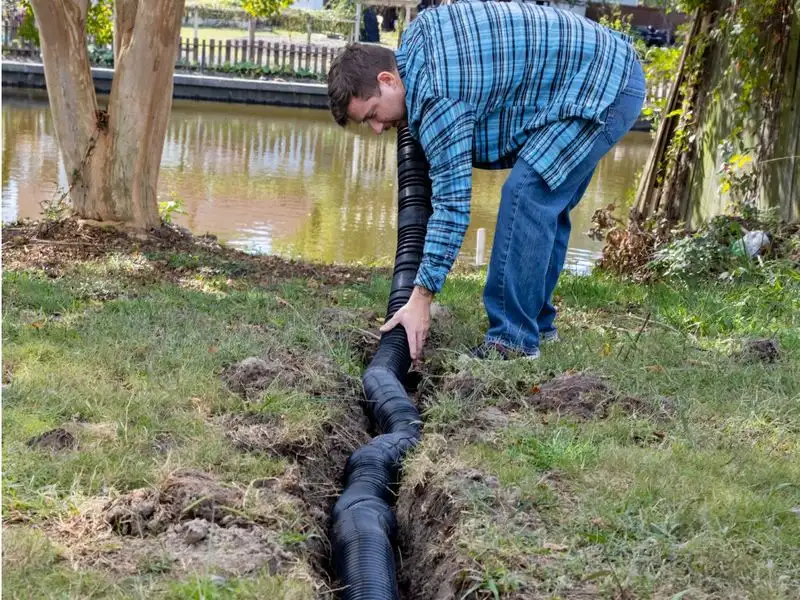
Ensuring proper drainage systems is crucial for controlling pests. Stagnant water is a breeding ground for mosquitoes and other insects. By implementing effective drainage solutions like French drains or rain gardens, you can prevent water from pooling around your property. This not only deters pests but also protects the foundation of your home from water damage. Proper drainage is an investment in both pest control and property maintenance, providing long-term benefits and peace of mind for homeowners.
Using Pest-Resistant Plants
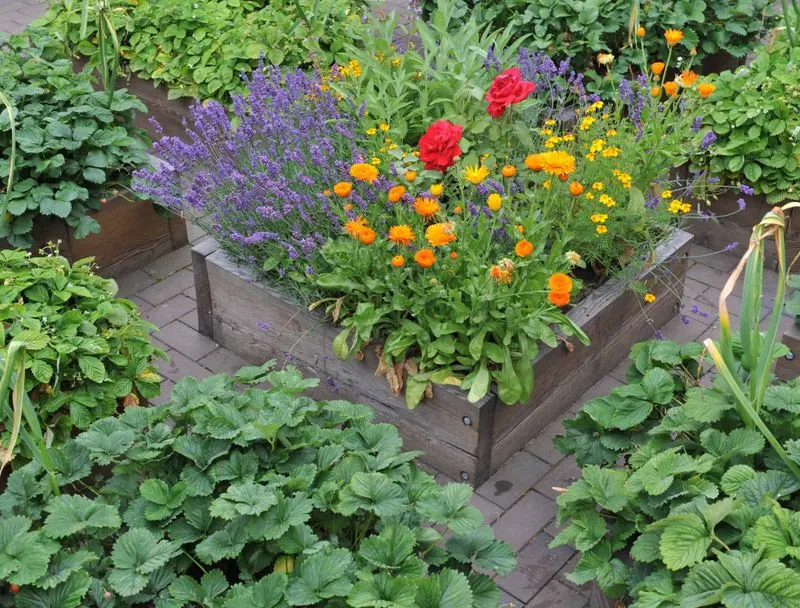
Pest-resistant plants offer a natural way to deter unwanted insects. Plants like marigolds, lavender, and rosemary emit scents that pests find unpleasant. By incorporating these plants into your garden or landscape design, you can create an herbal barrier that discourages pests from settling. This method is not only effective but also adds beauty and fragrance to your outdoor spaces. Choosing pest-resistant flora is an eco-friendly strategy that complements other pest control measures, making your garden both pest-free and picturesque.
Professional Pest Control

Hiring professional pest control services provides expertise and advanced solutions for pest problems. These professionals are equipped with specialized tools and knowledge to tackle infestations effectively and safely. Regular treatments by a licensed pest control service can prevent pests from becoming a recurring issue. This approach not only ensures thorough extermination but also offers tailored strategies for different types of pests. For those seeking reliable and hassle-free pest management, professional services are a wise investment.
Installing Screens and Barriers
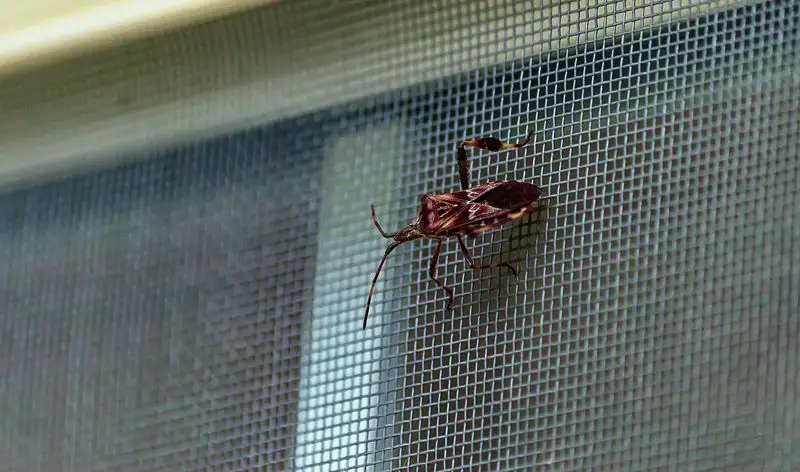
Installing screens and barriers is a straightforward way to keep pests out. Window and door screens allow fresh air to circulate while blocking insects like mosquitoes and flies. In addition, barriers like door sweeps and weatherstripping prevent pests from crawling indoors. These installations are easy to implement and can significantly reduce seasonal pest intrusion. By fortifying your home’s defenses, you can enjoy the summer breeze without the annoyance of buzzing and biting insects.
Keeping Firewood at a Distance
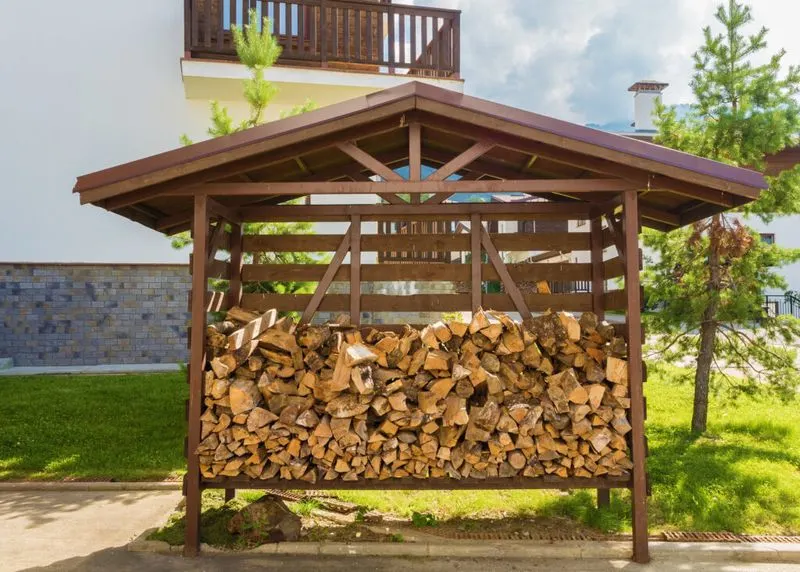
Keeping firewood at a distance from your home is essential for preventing pest infestations. Woodpiles are attractive to pests such as termites, ants, and rodents. By storing firewood at least 20 feet away and elevating it off the ground, you can minimize the risk of pests migrating indoors. This simple precaution not only protects your home from potential damage but also ensures that your wood supply remains in good condition. It’s a practical strategy for maintaining a pest-free environment.
Using Electronic Pest Repellents
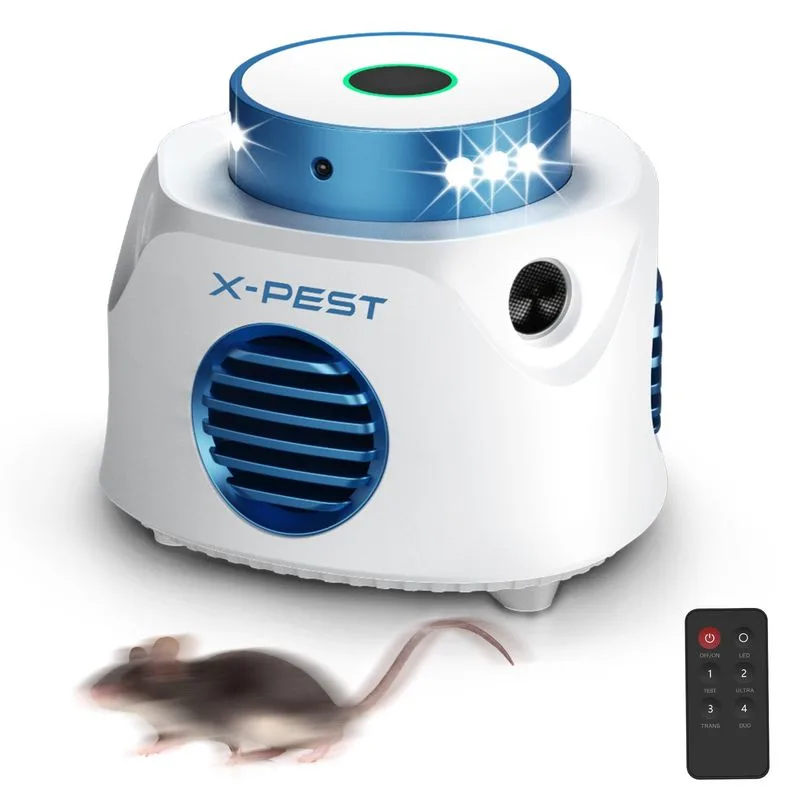
Electronic pest repellents offer a modern solution for deterring pests. These devices emit ultrasonic frequencies that are unpleasant to pests like rodents and insects but inaudible to humans and pets. By installing these devices in strategic locations, homeowners can create an inhospitable environment for pests without using chemicals. This technology-driven approach is convenient and requires minimal maintenance, making it an attractive option for tech enthusiasts and those seeking non-invasive pest control solutions.
Utilizing Traps and Baits

Utilizing traps and baits is a tactical method for controlling pest populations. Whether targeting rodents with snap traps or insects with sticky traps, these tools provide targeted solutions. Baits, often laced with attractants, lure pests into traps, ensuring effective capture. This method allows for monitoring and managing pest activity discreetly. For homeowners dealing with specific pest issues, traps and baits offer a focused and effective approach to pest control, minimizing exposure to broad-spectrum chemicals.
Incorporating Biological Controls
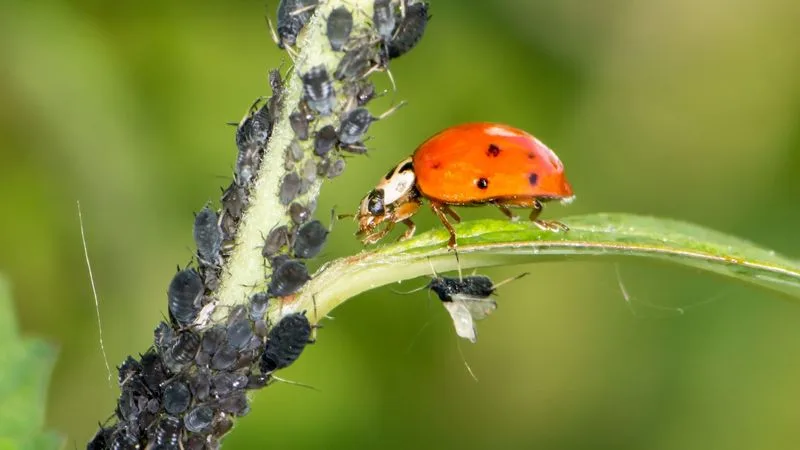
Incorporating biological controls integrates natural predators into pest management. Beneficial insects like ladybugs and predatory mites can control pest populations such as aphids and spider mites. By fostering a balanced ecosystem, these biological controls reduce the need for chemical interventions. This method aligns with sustainable gardening practices and promotes biodiversity. Biological controls are an innovative and environmentally friendly tactic, offering an effective solution for those interested in ecological pest management strategies.
Educating the Community

Educating the community on pest prevention fosters collective action against infestations. Workshops and seminars can inform residents about effective pest control methods and the importance of early intervention. By sharing knowledge and resources, communities can implement coordinated efforts to reduce pest populations. This strategy not only empowers individuals but also strengthens communal bonds. Educational initiatives are a proactive way to address pest issues, ensuring that everyone is equipped with the tools and information needed for successful pest management.
Maintaining Bird Feeders
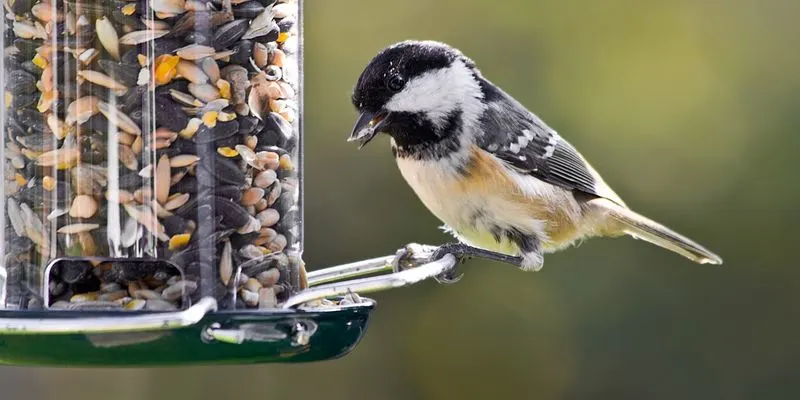
Maintaining bird feeders involves attention to cleanliness and location to avoid attracting pests. Spilled seeds and debris can draw rodents and insects, counteracting efforts to attract birds. By regularly cleaning feeders and placing them away from structures, you can enjoy wildlife without inviting unwanted guests. This practice supports both pest management and bird conservation, enhancing your outdoor spaces. Proper bird feeder maintenance is a harmonious way to appreciate nature while keeping pest populations in check.

